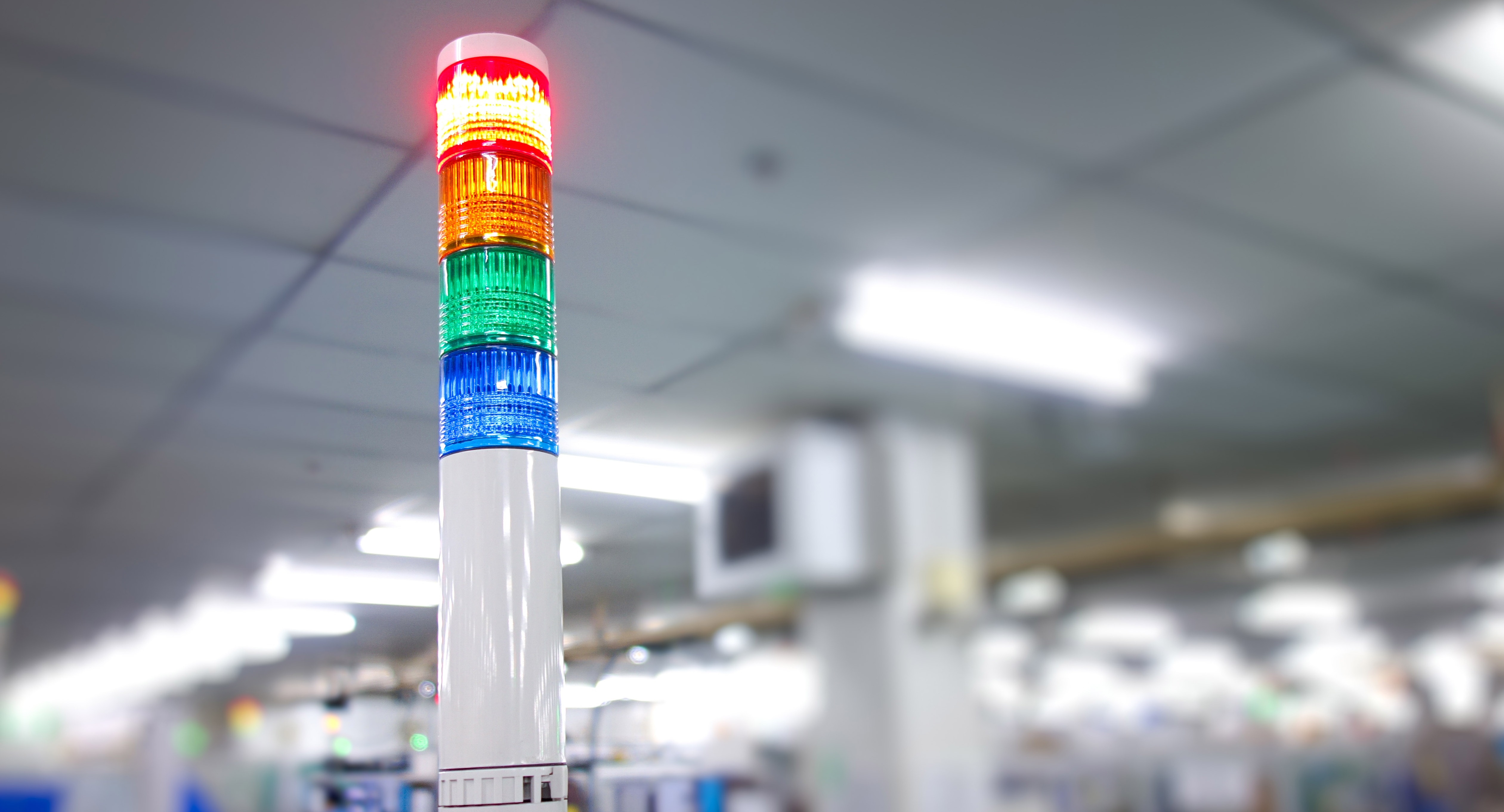Overall Equipment Effectiveness Index for Productivity Improvement of Legacy Equipment

KEY INFORMATION
Infocomm - Internet of Things
TECHNOLOGY OVERVIEW
Overall Equipment Effectiveness (OEE) is the most commonly used metric to understand, measure, and improve manufacturing productivity, providing insights into the efficiency of a manufacturing process by evaluating key aspects of equipment performance (i.e., availability, performance, quality). However, production plants with legacy equipment often face challenges collecting such data, as typically either complicated system modifications or extensive cabling works may be required.
This technology offers a unique IoT solution to this challenge by extracting production equipment status from the equipment tower light signals by means of a sensor node connected to a light sensor in a non-intrusive manner. No meddling with existing machine circuitry is needed. A key feature of this technology is the integrated built-in Human Machine Interface (HMI) on the sensor node for operators to provide inputs on the machine's non-operation. Comprising cost-efficient hard buttons for user feedback instead of the usual tablet PC, it offers ease of use and ruggedness for the production floor environment.
TECHNOLOGY FEATURES & SPECIFICATIONS
This solution enables OEE data collation via light sensors attached to the equipment’s existing tower light. The light sensors are plugged into a customized sensor node integrated with a ruggedized HMI providing hard buttons for operators to input the reasons for machine downtime. The collected data will then be wirelessly transmitted to an IoT gateway as far as 500m away, and a backend server will utilize these data for visualization and computation of OEE.
Advantages:
- Enables OEE collation through a plug and play wireless sensor nodes
- Ease of installation without major cabling as far as 500m
- Enables digitalization for OEE in quality, performance, and availability
- Productivity analysis with the area of focus
- Low cost of digitalization and operations
- Low cost and easy-to-operate hard button HMI
POTENTIAL APPLICATIONS
The system is designed for legacy manufacturing equipment to collate data for OEE computation. The data are displayed in quality, performance, and availability for productivity analysis. This will be in accordance with OEE best practices for applicability beyond the manufacturing sector. Examples:
- Digitalisation of equipment in the manufacturing plant
- Reliability chamber for monitoring and alert
- Construction equipment and machinery
- Other legacy equipment for monitoring and analysis
Unique Value Proposition
This technology offers a low-cost and safer way to digitalise legacy systems and ease OEE computation. It also provides legacy equipment with the capability to collate OEE index data for productivity analysis. Furthermore, it enables remote monitoring of the production alert and operations, which facilitates better management of operations for managers and supervisors.
